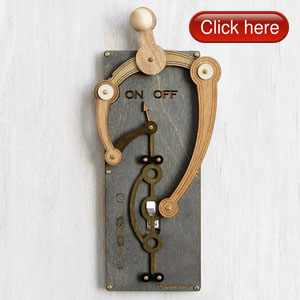In a continuous conflict between Sculptural vs Functional, unique design pieces of the 21st century are continuously challenging the notion of art in design. What is art, and when does it transcend a design object? Some say that art compared to design are fundamentally different because the latter is born with a totally different perspective in mind: to serve a function and to have measurable results. But doesn’t art also have a function and rely on a barometer of value?
The project called Materiality, is centered around the Anthropocene Era, popularly known as the plastic age.
Materials are valuable commodities from a human perspective because of their technical aspects like scarcity, usefulness, and costs implied in their production. Just over 100 years ago, aluminum was as expensive as silver, because of the technical difficulties in removing the metal from the ore. Examples are numerous.
Inherently, materials should not have a bad or good connotation. They can be used either virtuously or viciously. We humans, should be blamed for their life cycle. This Materiality project represents the virtuous path that one of the most banal and yet relevant material of the last century can take. A eulogy of plastic, and a transformation of a perspective.
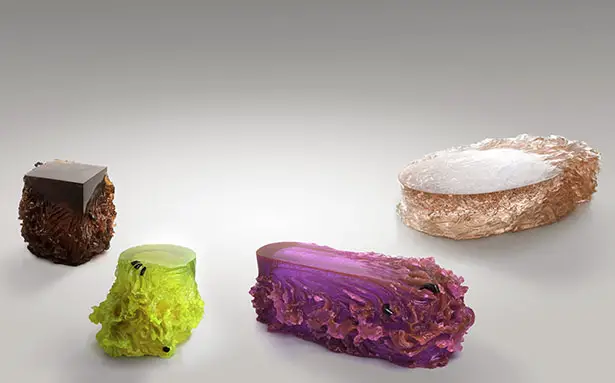
Humans have experienced a symbiosis with matter, have learned to model it and turned it into tools and objects. The man of the 21st century has shaped the Anthropocene era to his liking; and plasticized it to his own mirror.
“I left on the surface of the object the imprints of my own fingers and hands, as well as the strikes and marks left by the tools used to shape the work. Afterwards I duplicated my fingers, my hands and tools that were actually used in the making of those works, and incorporated them in the actual artwork, to complete the artistic statement “
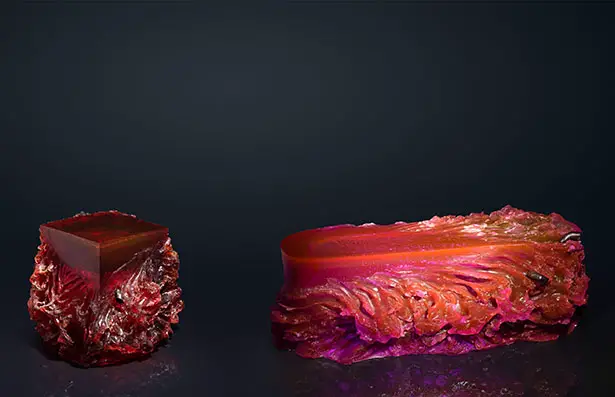
The story of the transformation of matter into an object, about the transformation of the object into a good, about the monetization of the good.
The project by Eduard Locota Design & Sculpture Studio is called Materiality, is centered around the last geological era, popularly known as the plastic age. An era in which human impact is the dominant force on the earth’s natural materials.
For this set of works, the synthetic materials were chosen rationally in order to explain both the physical and conceptual materiality of the theme. Though exactly the opposite for our case, the common perception of any synthetic material is usually disposable, mass-produces and low-grad. This gives birth to a discussion about the ethical value of synthetic materials and man’s ability to perceive it culturally.
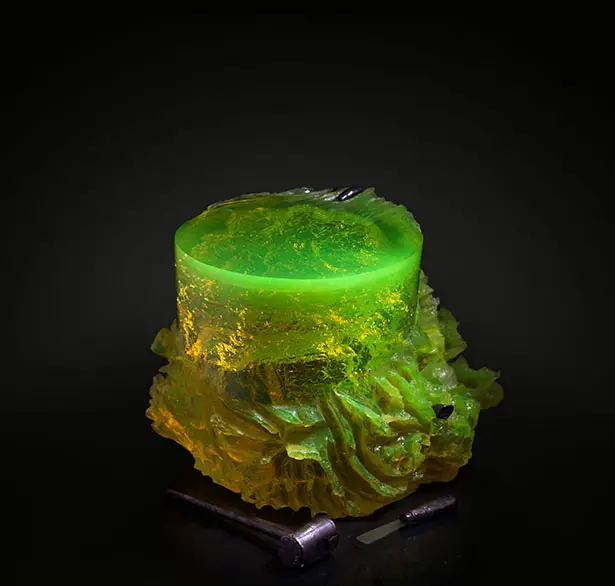
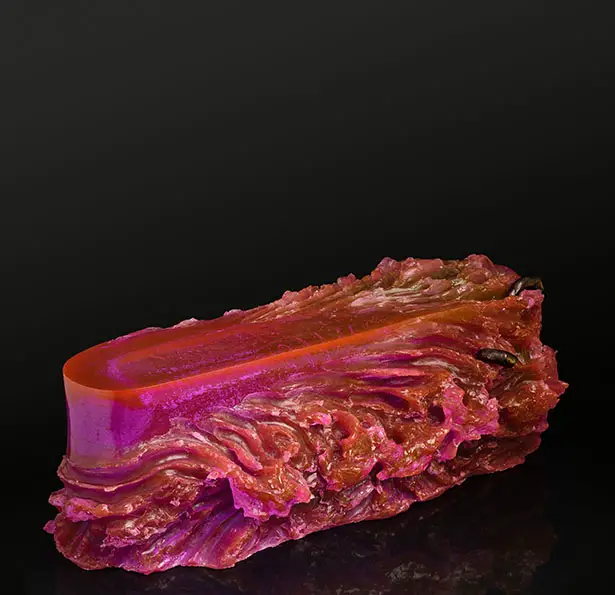
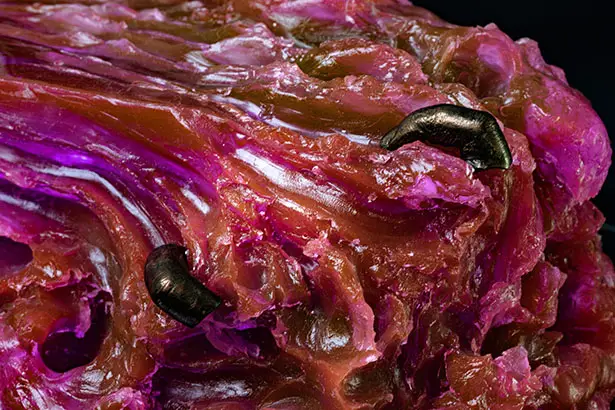
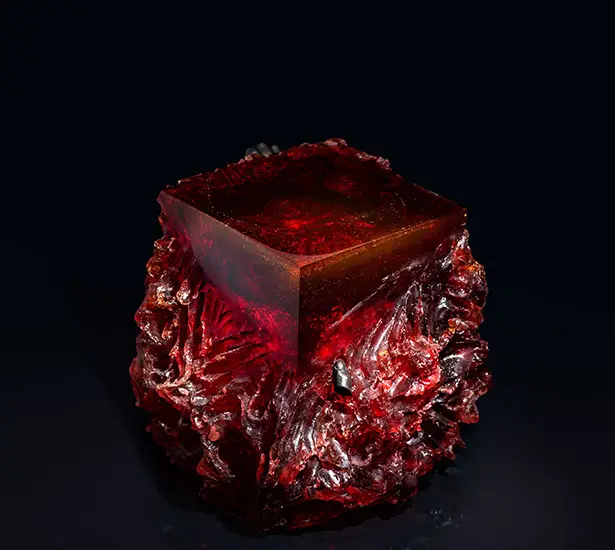
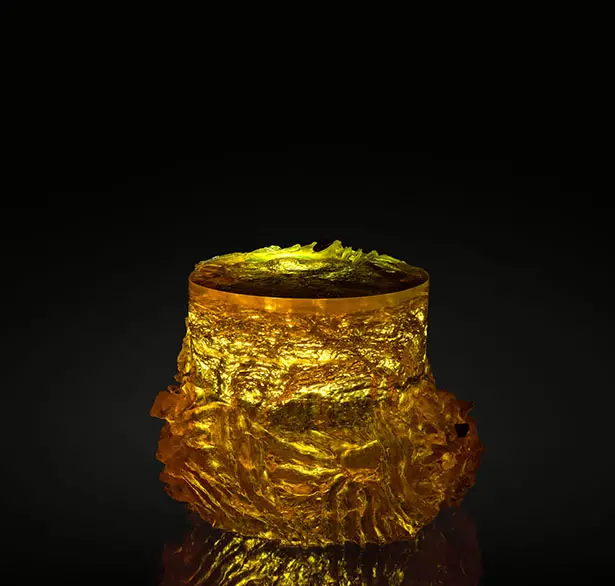
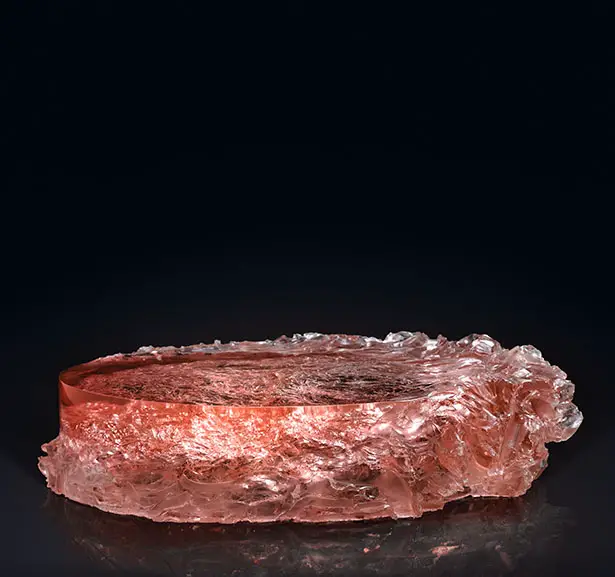
With an exceptional esthetic, ethic and concept, by using traditional techniques that are used in sculpture, we try to show there is always a virtuous way to perceive a cheap, mass-produced material like plastic.
Inherently, materials should not have a bad or good connotation. They can be used either virtuously or viciously. But us humans, should be blamed for their life cycle, the way our products are born and the way they die. Materiality represents the virtuous path that one of the most banal and yet relevant material of the last century can take. A eulogy of plastic, and a transformation of a perspective.
Every object has its own persona and is entirely made by hand using similar techniques used in metal casting. We have literally endless color combinations, and each color accentuates the different personalities of the objects.
Tuvie has received “Materiality – Synthetic Aesthetic” project from our ‘Submit A Design‘ feature, where we welcome our readers to submit their design/concept for publication.






